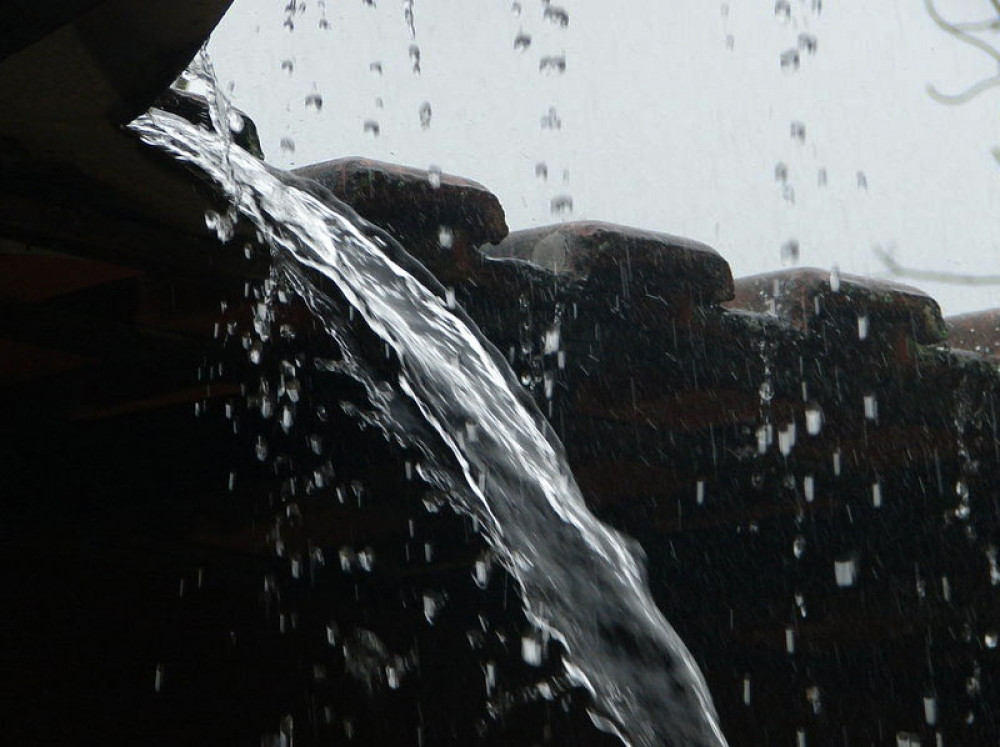That natural forces will act on, and ultimately destroy, any contribution we make to our built environment persists as one of the few things we can be sure of about the fate of any building. For architects, this presents a challenge somewhat analogous to that of medical professionals who, destined to ultimately surrender the battle associated with our desire for immortality, heroically strive to help us maintain a desirable quality of life for a reasonable duration.

Architects all leave their art out in the rain, and the truth about water and architecture is that ultimately the water always wins, if only because it never relents. But that is no rationalization for designing architecture that is not durable. Durability is inseparable from sustainability or from value in architecture.
"To the extent that it defies time, architecture is anachronistic by definition. Duration and durability are its ultimate values. In the last analysis it has nothing to do with immediacy and everything to do with the unsayable.
The task of our time is to combine vitality with calm." - Kenneth Frampton, Studies in Tectonic Culture
Ceramists have a joke about pottery that "If it holds water, it is craft - if it leaks, it is art". And at least one celebrity architect has made the unfortunate claim that "All great architecture leaks" during an interview. I am not of the breed of architects that is flippant or casual about this. Architecture is an art, to be sure, but it is also shelter - and a substantial investment.

I want to make water have to work hard and long for that victory, or more to the point, make it more interested in other victories. And rather than just resisting that essential fact of our existence, I embrace it - letting the water work as architectural expression, playfully telling its own story while keeping out of mischief with the structure or those who dwell there. Looking at the roofs of our projects you may notice what you do not see - a random roofscape of penetrations that were simply the most expedient option. For me the motivation for this kind of attention to detail is not purely practical nor purely aesthetic, but rather, a synergistic combination of both.
My first job in architecture was in a prestigious and established firm, in a dramatic building designed by the architect. The office had a phone system with multiple lines (pretty upscale at the time) but they had a policy of never answering any of them until after noon, holding to the idea that mornings were to be reserved for contemplation and creative work. The first day I was there when a rain storm passed above, all five lines lit up at once. I was told "That always happens."

Still digesting that, I heard water beginning to drip inside the studio as pails were fetched and positioned in well established locations; I gradually realized this was a routine. I worked for the remainder of the morning to the steady sound of dripping and the insistent flashing of unanswered phone lines silently strobing throughout the space, wondering if these attitudes about design functionality and client service represented any kind of norm in the profession.
In the years that have passed since then, the Modernist (and later, Postmodernist) projects so celebrated in the public and critical press have begun to show their age with a notable lack of grace. It turns out that architecture based on notions of idealistic perfection tends not to deal well with the realities of the passing seasons. I enjoy and appreciate minimalist contemporary design, but both as a builder and as an architect, I acknowledge and respond to the exacting demands it makes on every member of the project team to be successfully executed and produced to age well.
It has long been my belief that architecture based on authentic substance rather than superficial style will, if well built, be more likely to age to gain character. Buildings age - that's a fact we should anticipate and celebrate, not deny or ignore. If we make good buildings, they will serve future generations well, and those future occupants and community members will benefit from, appreciate, and protect their inheritance of a valued legacy.
